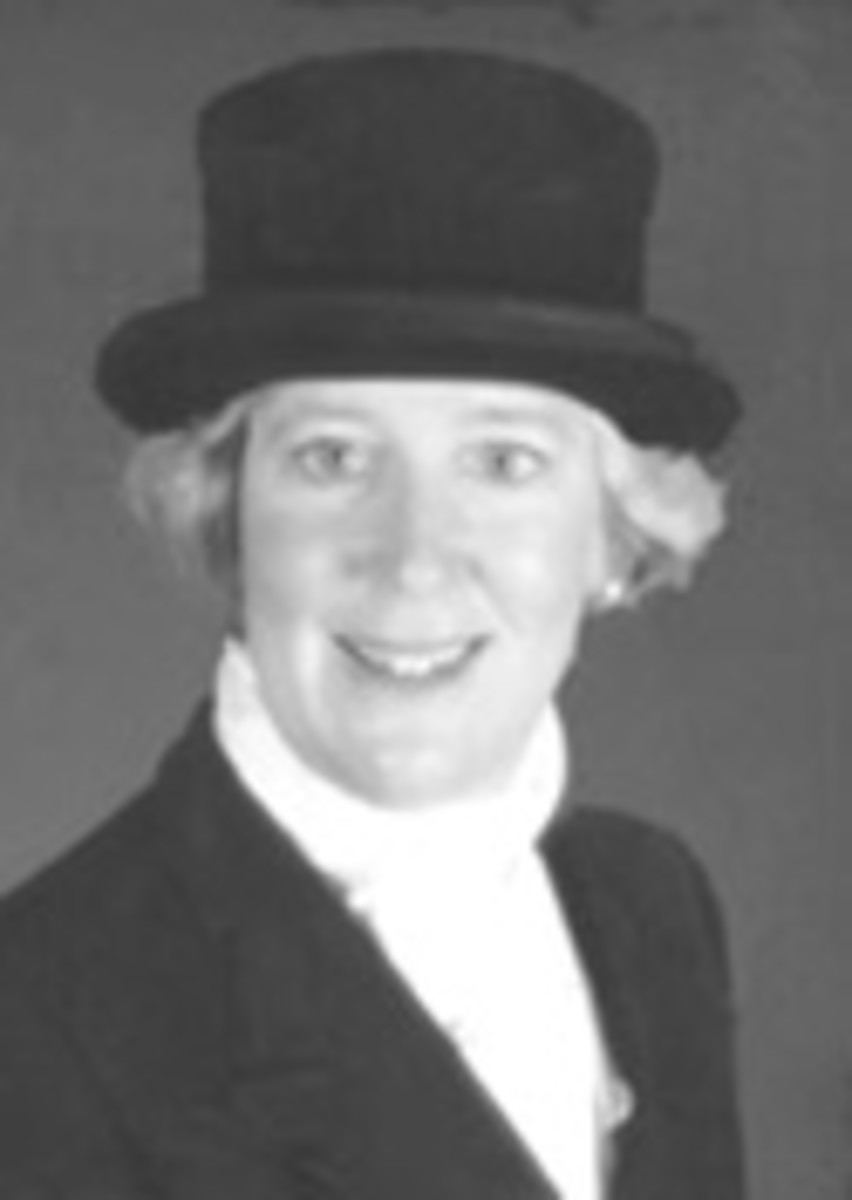Question:When my young horse turned 4 years old, he finally began to swing his back as he moved. The change is especially noticeable at the walk. He is a registered Spanish Mustang, and this breed is a slow maturing one. Does this change represent normal development in a maturing horse?
Answer: Yes, this change does represent normal development in a maturing horse. Some breeds mature more slowly than others do, and if the horse is large with big gaits, it will take even longer.

This change is enhanced dramatically by correct training and development, but it is important to proceed slowly with a 4-year-old to allow him time to develop. You will find that riding lightly three to four times a week, with much of that time spent hacking outside of the arena, provides the optimum training program.
At the walk, avoid riding on a short rein. Free walk on a long rein is best plan, with regard to contact, because it encourages your horse to move in a relaxed manner, stretching and swinging his back as he reaches for the bit.
The development of the correct rhythm and tempo is or primary importance in the education of the horse. Tempo refers to beats per minute whereas rhythm refers to a regularly repeated sequence. There is a dynamic interaction between both tempo and rhythm in the developing horse. The rider must find the tempo in each gait that is suitable for his horse. The correct tempo that is neither too fast nor too slow will enable the horse to develop a consistent working rhythm. It also will encourage the horse to relax and, later on, to develop expression (cadence) within the rhythm.
The horse also must learn to accept the contact. This means that he yields to pressure of the bit, learns to relax his jaw and poll and chew the bit softly. Acceptance of the contact gives the rider an end point to which he can ride the horse forward. Correct contact, combined with regularity and relaxation of the gaits, develops the pushing power of the hind legs, which lays the foundation for developing a relaxed, swinging back.
As your horse becomes more physically mature, your training can become more structured. You’ll want to work on developing the basic principles of the training scale, especially Losgelassenheit, (see “Translations for Training” Dressage Today, March 2000). Losgelassenheit means that the horse uses his body without any resistance; he is unconstrained and supple. The way to develop Losgelassenheit is to combine a lower neck position with the energy created by his hindquarters. Then ride him through many simple school figures involving bending, such as circles and figure eights. This will encourage him to relax and stretch over his topline and swing his back. Remember that the correct development of the horse’s topline is a critical factor in the correct training of the horse. A supple, swinging back is a key ingredient in developing impulsion and balance.
Sarah Geike is a U.S. Dressage Federation (USDF) Certified Instructor and a U.S. Equestrian Federation “R” judge. She was awarded the 1999 Lindgren Scholarship from The Dressage Foundation for study abroad. She lives in Connecticut.
Reprinted from the May 2000 issue of Dressage Today magazine.











